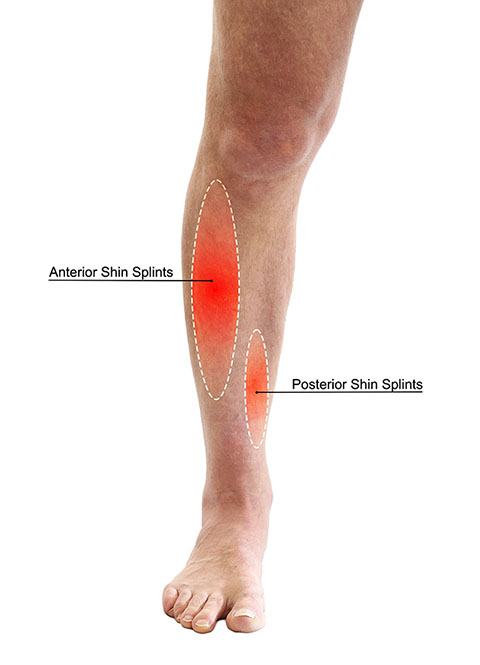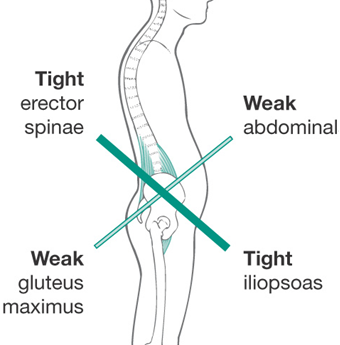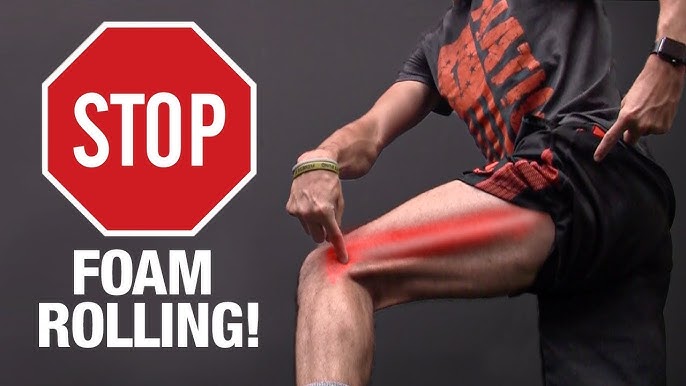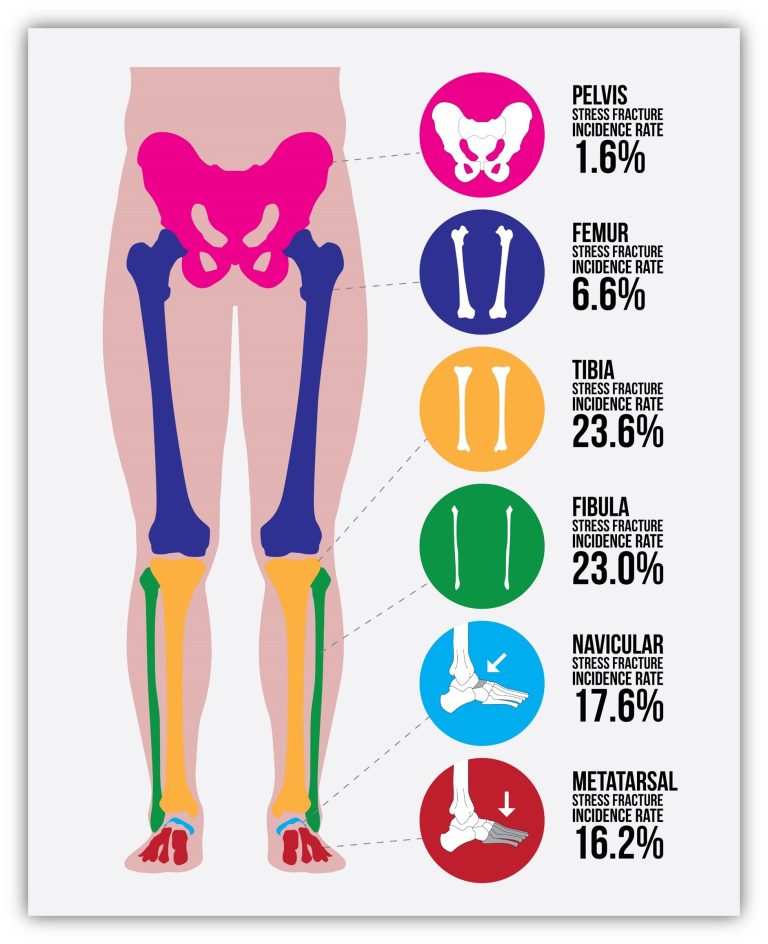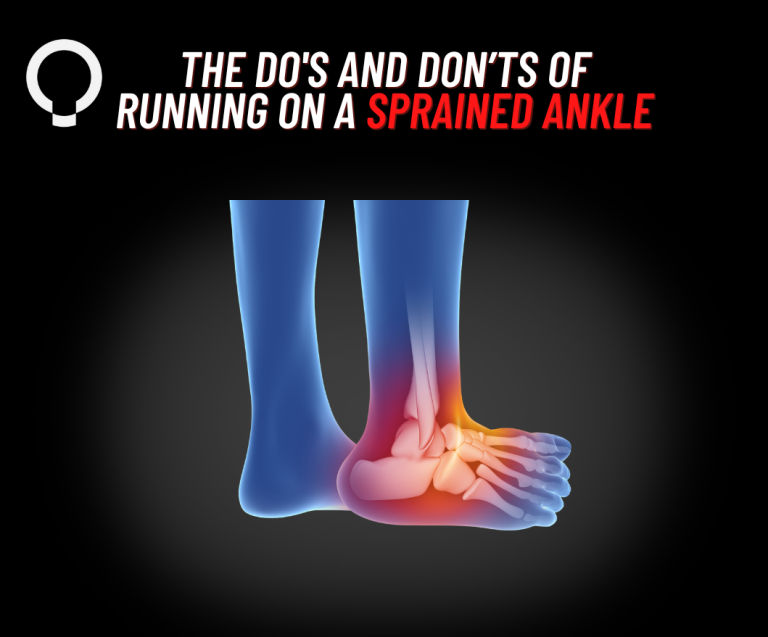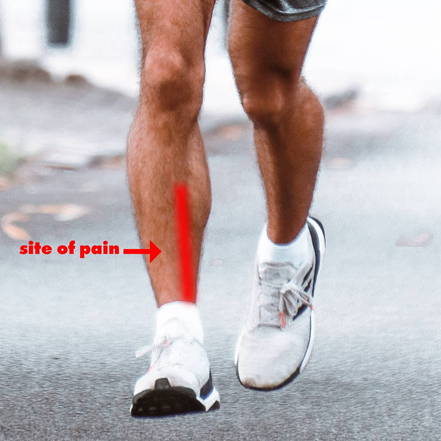What are the Symptoms of Shin Splints? Discover the Warning Signs
Shin splints cause pain in the lower leg. This pain is common among runners.
Shin splints, medically known as medial tibial stress syndrome, affect many people. This condition often results from overuse or repetitive stress on the shinbone and connective tissues. Runners, dancers, and military recruits are particularly susceptible. Early symptoms include tenderness, soreness, or pain along the inner side of the shinbone.
Ignoring these signs can lead to more severe issues. Understanding the symptoms of shin splints is crucial for prompt treatment and prevention. Identifying and addressing shin splints early can help you avoid complications and keep you active. So, what are the symptoms of shin splints? Let’s explore in detail to help you stay informed and healthy.
Introduction To Shin Splints
Shin splints cause pain in the lower leg. This pain is often felt along the shin bone. The discomfort can range from mild to severe. Athletes and runners get this often. It can make running hard. Rest is important for recovery. Ignoring the pain can make it worse.
Overuse of the leg muscles is a common cause. Running on hard surfaces also triggers it. Worn-out shoes can contribute too. Poor foot structure can play a part. Flat feet or high arches are risk factors. Increasing workout intensity quickly can lead to shin splints. Rest and proper footwear help prevent it.
Early Warning Signs
Mild pain often starts in the lower leg. It feels like a dull ache. The pain can get worse with exercise. Resting usually helps reduce the pain. The pain might come and go.
The lower leg might feel sore to touch. Tenderness is common along the shin bone. Pressing on the shin can cause discomfort. The area may feel warm or swollen. This makes walking hard.
Progressive Symptoms
Pain often starts mildly and worsens during exercise. At first, the pain may disappear after stopping activity. Over time, pain can continue even after resting. This pain might feel sharp or like an ache. It can be more intense during activities like running or jumping. Ignoring the pain can make it worse. It’s best to rest and avoid pushing through the pain.
Swelling can occur around the shin. This may be mild at first. Over time, the swelling might get worse. The shin area can feel tender to touch. Sometimes, the skin over the shin may look red. Swelling can make it hard to wear shoes or socks. Resting and applying ice can help reduce swelling.

Credit: www.fastmed.com
Severe Indicators
Persistent pain in the lower leg can be a severe sign. This pain does not go away quickly. It can last for hours or days. The pain might feel like a dull ache. Sometimes it can be sharp and piercing. This pain often gets worse with activity.
Pain at rest is another severe indicator of shin splints. You might feel pain while sitting or lying down. This pain can disturb sleep. It can also make daily tasks hard to do. If pain at rest happens, it is important to rest your legs. This can help prevent further injury.
Physical Examination
The doctor will check your legs. They will look for tenderness and pain. You may need to walk or run. The doctor will watch your movements. They will see if your shins hurt. The doctor will ask about your exercise. They may ask about your shoes. They will want to know if you have changed your routine.
Sometimes, you need more tests. X-rays can show if you have a stress fracture. MRI can see if there is swelling in the bone. These tests help the doctor know if it is really shin splints. They help to rule out other problems.
:max_bytes(150000):strip_icc()/Health-Shin-Splints-GettyImages-1257709333-BLUE-vert-f548d899fa344e16a606e269819f0403.jpg)
Credit: www.health.com
Differentiating Shin Splints
Shin splints cause pain along the shinbone. Symptoms include tenderness, soreness, and mild swelling in the lower leg. This pain often worsens during exercise.
Stress Fractures
Stress fractures are tiny cracks in a bone. They cause sharp pain. This pain is usually in one spot. Pain gets worse with activity. Rest helps it feel better. Swelling may occur. The area might be tender to touch. Stress fractures need medical attention. They can get worse if not treated.
Compartment Syndrome
Compartment syndrome happens when muscles swell. This swelling puts pressure on blood vessels. It causes severe pain. Pain gets worse with use. It lessens with rest. You may feel numbness or weakness. The skin might look pale. It may feel tight. Immediate treatment is needed. This condition can be serious.
Preventive Measures
Wearing the right shoes can help prevent shin splints. Choose shoes with good arch support and cushioning. They should fit well and not be too tight. Replace worn-out shoes often. Good shoes absorb shock and reduce stress on your legs.
Increase your activity level slowly to avoid stress on your shins. Start with short sessions and low intensity. Then, gradually increase the time and difficulty. Give your body time to adjust. This helps prevent injuries and shin splints.
When To Seek Medical Help
If the pain in your shins is too much, you need help. Pain that does not get better is a sign. Resting should help, but if not, see a doctor. Pain that stops you from walking is serious. Do not wait too long to get checked.
If your shin splints keep coming back, seek help. Pain that returns often is not normal. This could mean a bigger problem. A doctor can find the cause. They can also suggest the best treatment.
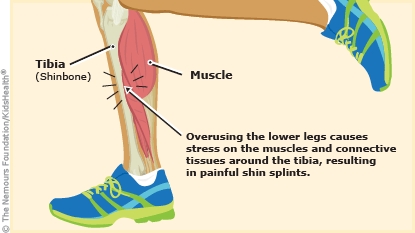
Credit: kidshealth.org
Conclusion
Shin splints can cause significant discomfort. Recognizing the symptoms is key. Look out for pain in the lower leg. Especially after exercise. Swelling and soreness are common. Rest and proper footwear help. Don’t ignore persistent pain. Consult a doctor if needed.
Early treatment ensures faster recovery. Stay mindful of your body’s signals. Keep exercising safely. Your legs will thank you.

